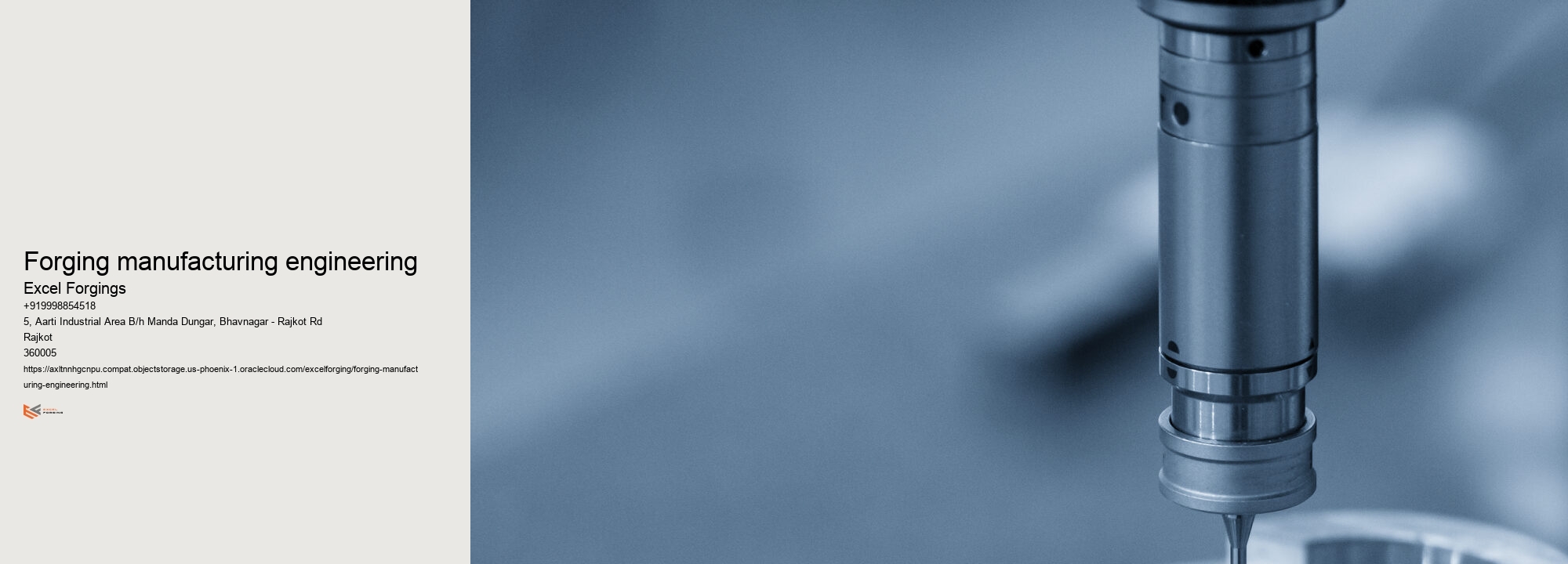

Forgings must meet stringent health and safety requirements. These include adherence to national and local codes, meeting industry standards for quality assurance and control, passing durability testing, completing certification or registration processes with third-party organizations such as Underwriters Laboratories (UL) or American Society of Mechanical Engineers (ASME). Companies that manufacture forgings should also have a certified Quality Management System in place. It is essential that all safety procedures are strictly followed when working with forging machinery and equipment. Furthermore, protective gear such as goggles, gloves and other personal protective equipment (PPE) should be worn at all times when handling forgings.
Forging is a process of forming and shaping metals through the use of compressive forces. The process starts with a heated metal, which is then hammered, pressed or rolled to shape it into the desired form. Some common materials used in forging include steel, aluminum, brass and bronze. Forging can be done by hand or using machine tools such as presses and hammers. It has many applications in industry and is often used for parts that require high strength characteristics.
The exact quality assurance requirements for forgings will depend on the specific application, but in general, quality assurance for forgings involves ensuring that the material and process used meet predefined standards. Quality assurance processes typically include dimensional checks on all components, material testing to ensure that the correct grade of steel is being used, hardness tests to verify strength, visual inspections for cosmetic defects and a variety of non-destructive tests such as ultrasonic inspection or radiographic examination. The goal of these quality assurance measures is to ensure that each forging meets its intended design specifications within acceptable tolerances.